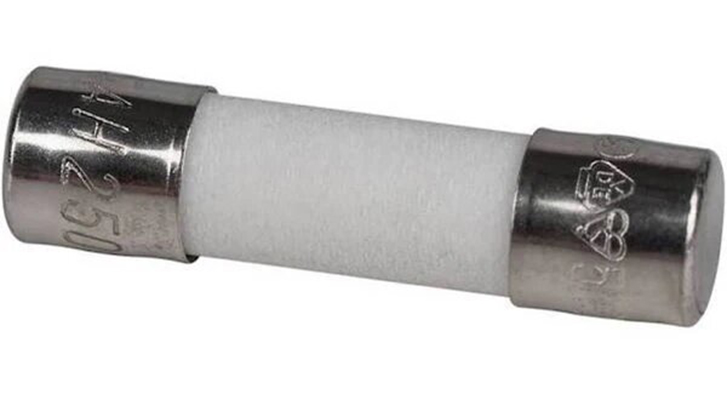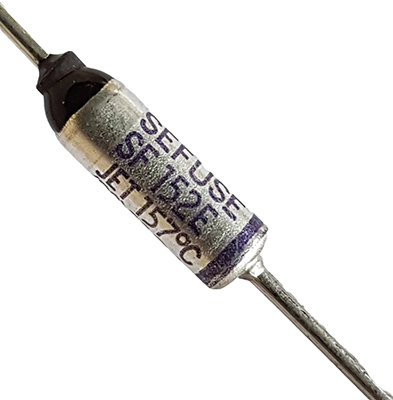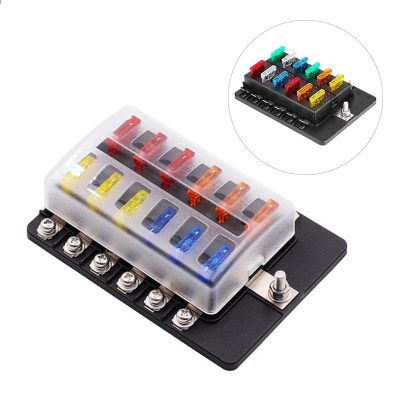Efficient Automotive Glass Fuse Replacement Techniques for Vehicle Battery Protection
News 2025-10-27
Automotive glass fuses play a critical role in protecting car battery systems from electrical overloads and short circuits. These small, transparent components are designed to melt and break the circuit when excessive current flows, preventing damage to wiring and other electrical parts. In modern vehicles, glass fuses are commonly found in fuse boxes, ensuring safe operation of lights, audio systems, and engine controls. Replacing a blown glass fuse is a straightforward maintenance task that can extend the life of your car’s electrical system and avoid costly repairs. Understanding when and how to perform this replacement is essential for any car owner or mechanic.

Characteristics and Benefits of Glass Fuses
Glass fuses offer several advantages in automotive applications, including rapid response times to overcurrent situations, which minimize the risk of fire or component failure. Their transparent design allows for easy visual inspection to check if a fuse has blown, making them user-friendly for quick diagnostics. In car battery systems, these fuses provide reliable protection against voltage spikes, enhancing overall vehicle safety. Performance-wise, glass fuses are cost-effective and widely available, with standard sizes fitting most models, which supports efficient inventory management in repair shops.
Practical Applications in Vehicle Maintenance
In real-world scenarios, glass fuses are vital for safeguarding battery-powered accessories during daily commutes or long trips. For instance, they protect circuits in electric windows, headlights, and charging systems, ensuring consistent performance under varying loads. Their ability to handle high current without degrading quickly makes them ideal for modern cars with advanced electronics. By routinely checking and replacing glass fuses, drivers can prevent breakdowns caused by electrical faults, improving reliability and reducing downtime. This maintenance is particularly beneficial in harsh conditions, such as extreme temperatures or heavy usage, where fuses might degrade faster.
Frequently Asked Questions
1、What are the signs of a blown glass fuse in a car?
A blown glass fuse often shows a broken filament or discoloration, and it may cause specific electrical components to stop working, like lights or radio.
2、Why choose glass fuses over other types for automotive use?
Glass fuses provide fast-acting protection and easy visual checking, offering better reliability and cost savings compared to ceramic alternatives in many vehicle applications.
3、How often should glass fuses be inspected in a car battery system?
Inspect glass fuses during routine maintenance, such as oil changes or every 6 months, to ensure they are intact and functioning properly in preventing electrical issues.


